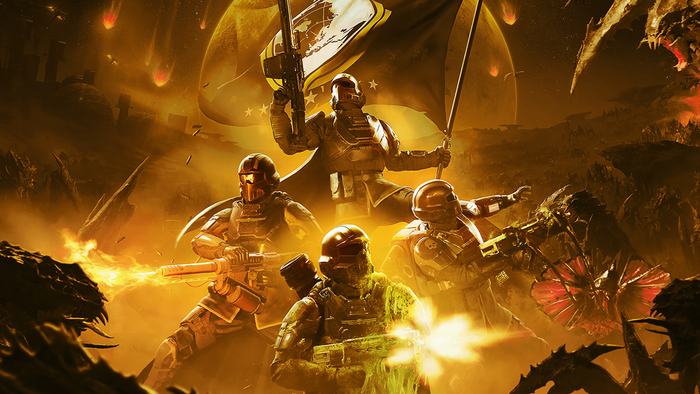3 Things SWTOR Taught Us
SWTOR was heralded as the Lucas Arts title to revolutionize the industry. Here's 3 reasons why it failed.

Originally posted on www.VideoGameMarketing.ca
"Why did SWTOR Fail" This question often comes up in discussions with friends of mine in the MMO industry. There have been dozens of MMO failures, but SWTOR has some pretty interesting characteristics to it that we need to appreciate. I realize that some people still really enjoy SWTOR and I really did when it first launched, but we're talking about failing to meet the expectations of the still active users as well as the development team and publisher. So that being said, let's start.
Read More...
1. Transparency
Coming from a marketing background, you can see why I believe a franchise needs to have excellent communication with their audience. Marketing is rarely just the paid advertising that consumers receive - it's also in every touch point a potential user has with a video game franchise. Press releases, development blogs and community management are too often ignored and fail to replicate the desired and designed marketing message.
What I constantly found with Bioware's PR on SWTOR was the pervasive presence of "happy thoughts". The game was releasing "soon" constantly. Publicly requested features were "considered" and game play footage was pristine as if manicured and all too brief. One of the most dangerous things I've seen from a communication standpoint is putting up an artificial wall by failing to be transparent with your users. Any time a game connotes an artificial voice, the community is unable to rely on the messages being an honest representation. Users feel obligated to gather other opinions to ultimately decide on the truth. What's really sad is that MMO's are a relationship game and not a simple transaction
It was rumored that an E3 event included a booth for SWOTOR where users could play one of the completed zones. A spectator tried to film the content but the attendants rushed to cover up his view and told him to delete the footage. It's having pride in transparency that users feel trust for a franchise. Even when something isn't perfectly polished you stand by it and be accountable.
What does this look like then? Guild Wars 2 opened extremely robust communication streams for a whole spectrum of user types. Development blogs, game play videos, and lore development were all present during the creation of the game. Class specific skills were show cased at every available moment and became a staple of anticipation. There were comment enabled forums for discussing what users were already seeing and commenting on what they thought.
2. Expectations
These are often a tricky thing to manage. We'll start with the developer's perspective. BioWare has actually created some of the best video games (in my opinion) to date on an average budget, but when you are handed 200 million for development, it's reasonably expected you're going to produce something groundbreaking. BioWare was quoted saying "we have 800 developers working on 4 continents - it's like teaching elephants ballet". Maybe this was a first major mistake - using a online based office - because with 200 million in your pocket you shouldn't have trouble acquiring the standard development office.
But what about from a consumer standpoint? I was really expecting something ground breaking for content because of the developer and the publisher, but anytime I see EA creating a game, I know it will be the safest IP to hit the market. There will be no new ideas, little innovation because they are in the business of making video games rather than the art of it.
I think one most important expectation to talk about is that of the consumer. If you've never seen the E3 Trailer from 2010 then pause reading and watch the video below.
3. Technology
But what about the tools they had to accomplish this job? Bioware released early on that they were building the game in the Hero Engine. For developers watching, this would be a major red flag given any franchise of this magnitude will usually build their own to suit the needs of the project. Not to mention that this is the WYSIWYG editor of the MMO sphere. The hero engine literally allows anyone to create an MMO if they had enough time (it also costs $99 per year to use...) Needless to say, the game was not built on a quality engine. Users constantly found that having 40 people together in the same location caused the game to lag beyond use.
Others note that BioWare was too generous with the numbers of servers created to house players. It seemed a direct reaction to the less than "multiplayer compatible" engine, to counteract the latency issues, but as with all MMOs, when 25% of the game user volume left in the first 3 months the gmae was left with entire empty worlds. It quickly became Knights of the Old Republic - The Online Version.
Want to chat about your Video Game project?
Read more about:
BlogsAbout the Author(s)
You May Also Like













